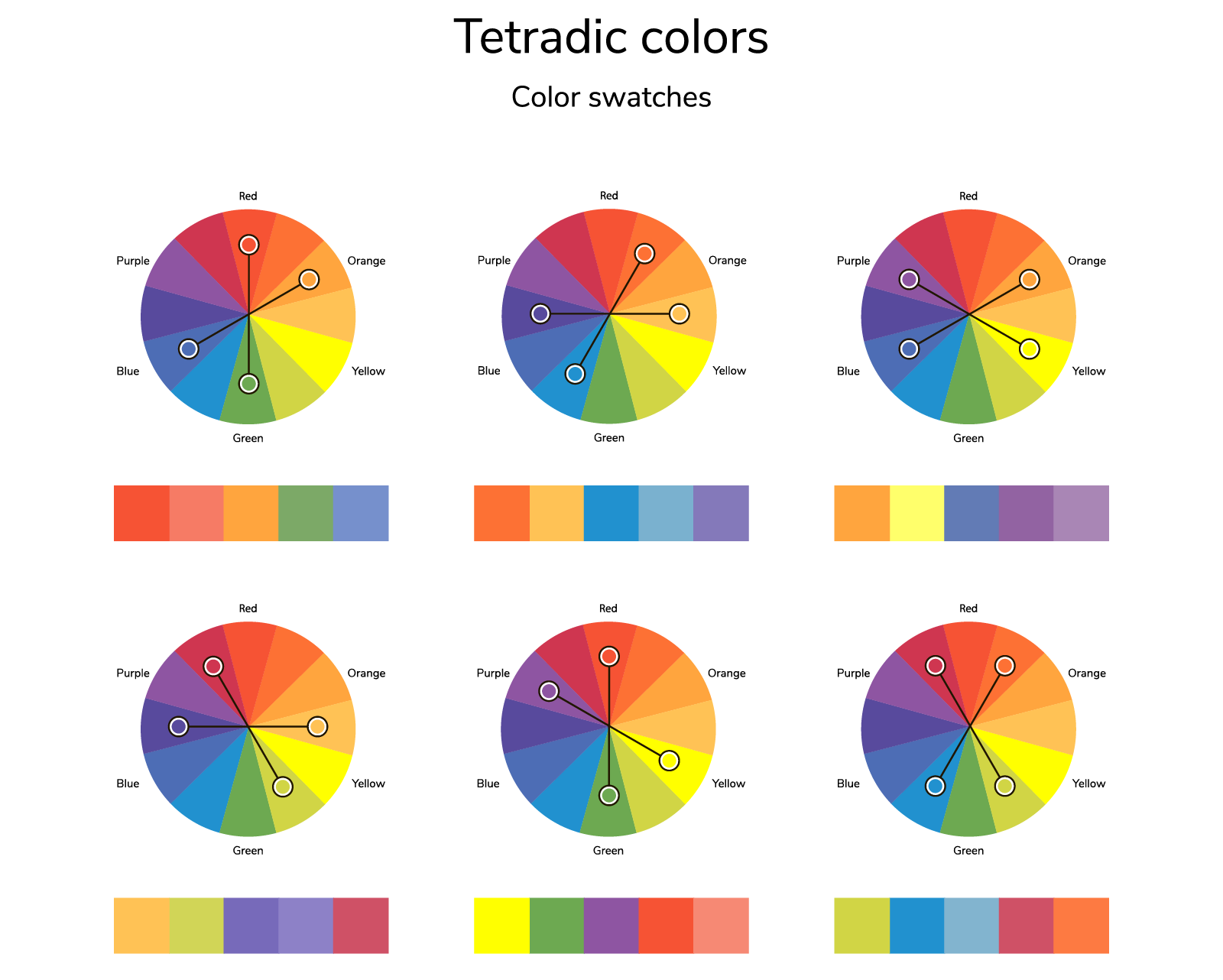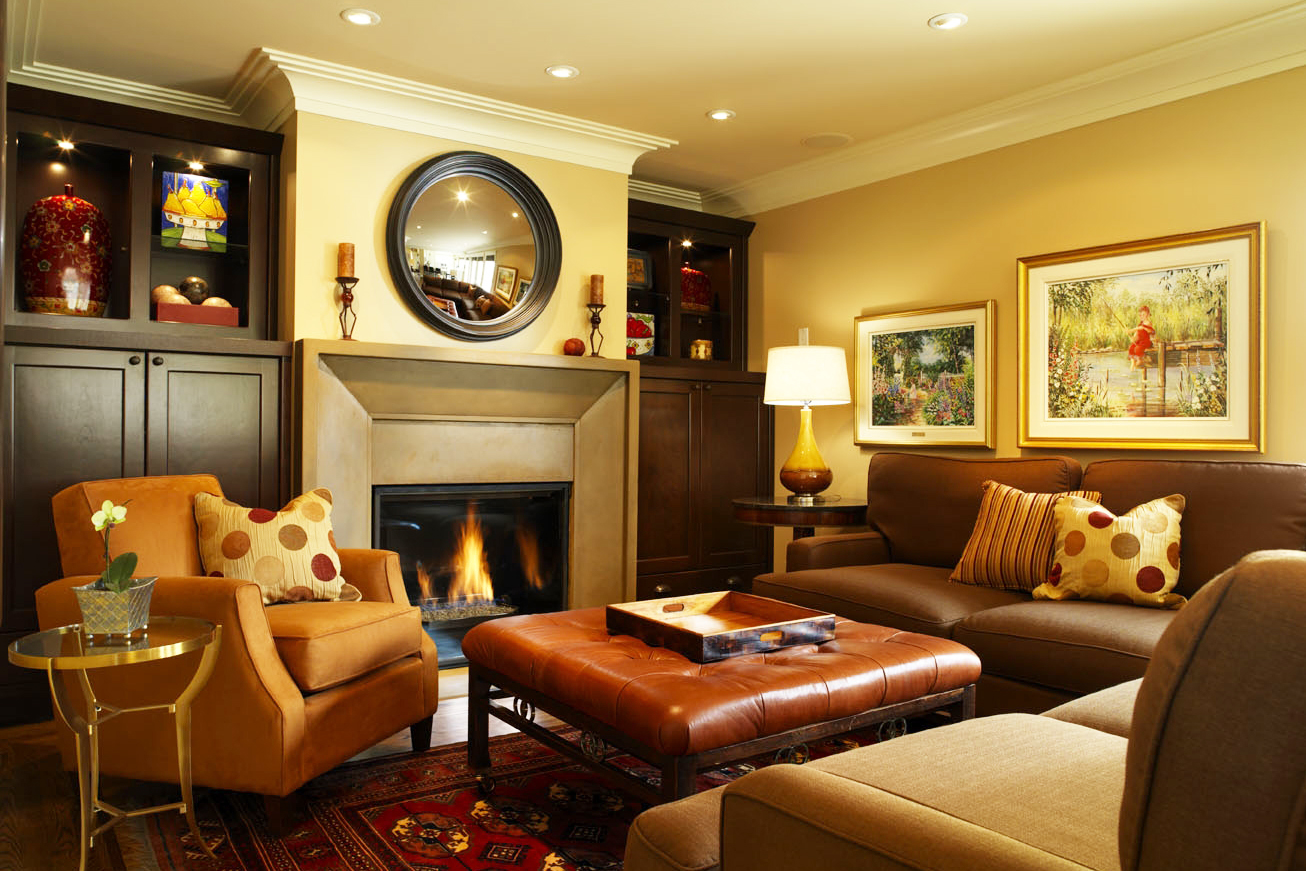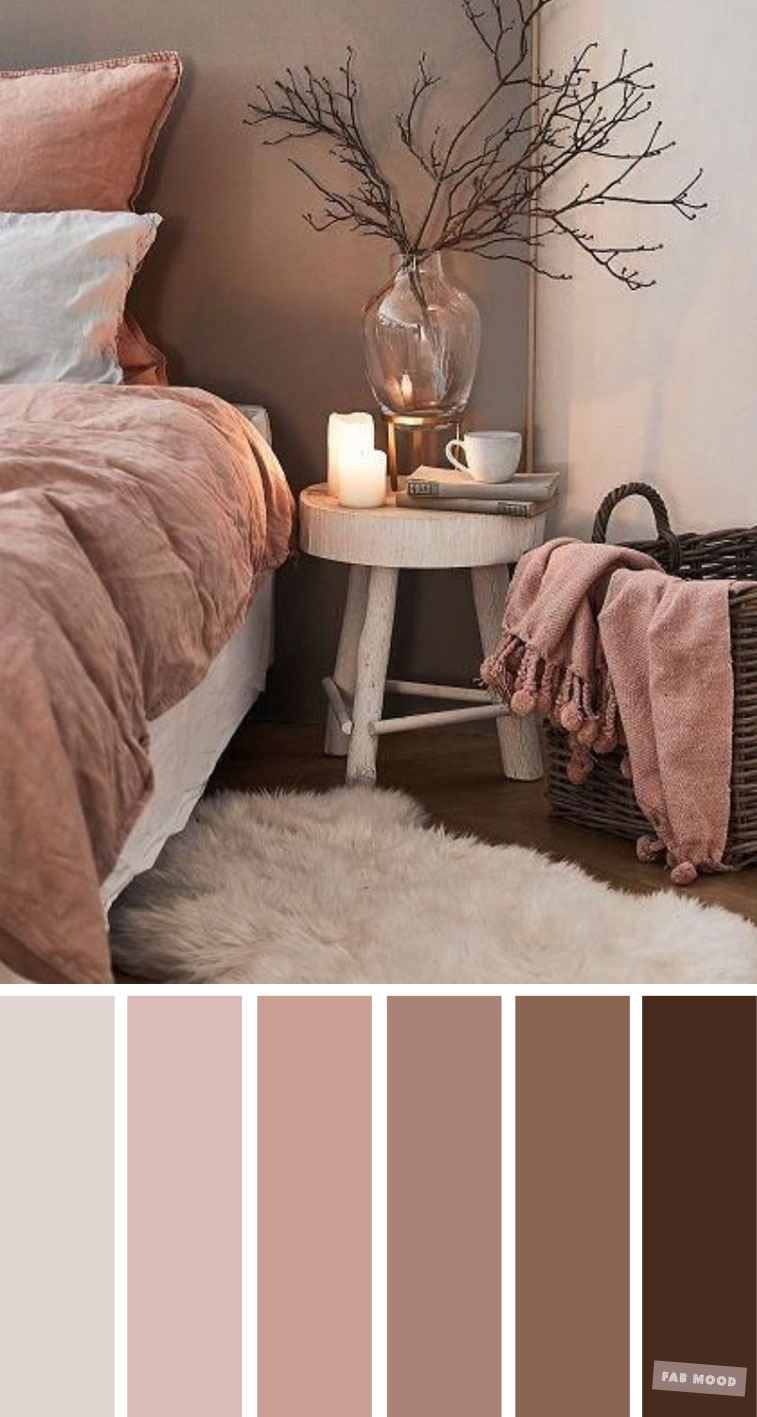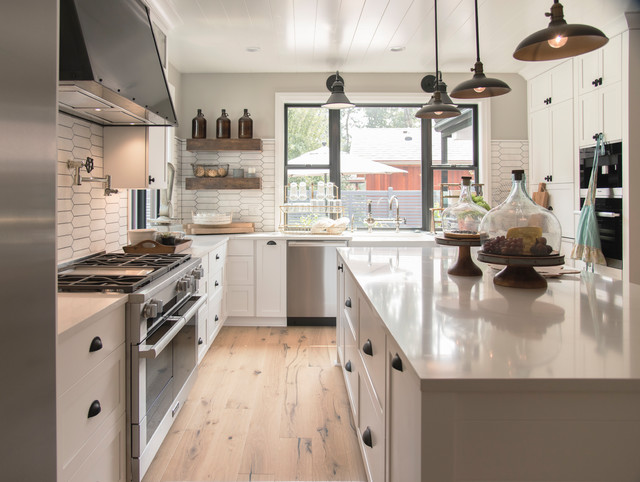If you want a living room that exudes a sense of calm and tranquility, a neutral color scheme is the way to go. This color palette includes shades of white, beige, gray, and other muted tones. It's perfect for creating a soothing and relaxing atmosphere in your living room. When using a neutral color scheme, it's important to add texture and layers to prevent the space from feeling too bland. You can do this by incorporating different fabrics, such as a cozy knit throw or a plush rug, to add depth and warmth to the room. Pro tip: Add a pop of color with accent pieces like throw pillows or a statement piece of art to keep the space from looking too monotonous.Neutral Color Schemes for the Living Room
A monochromatic color scheme involves using different shades and tones of the same color. This creates a cohesive and harmonious look in your living room. For example, you can choose different shades of blue for a cool and calming atmosphere or different shades of pink for a more feminine and playful vibe. The key to pulling off a monochromatic color scheme is to play with textures and patterns. Mix and match different fabrics, such as velvet and linen, and incorporate patterns like stripes or polka dots to add interest to the space. Pro tip: If you're unsure about using a monochromatic color scheme, start with a neutral color as your base and add different shades of the same color for a subtle yet impactful look.Monochromatic Color Schemes for the Living Room
Complementary colors are opposite each other on the color wheel, such as blue and orange or purple and yellow. When used in a living room, these colors create a bold and eye-catching look. The key to using complementary colors is to balance them out. For example, if you have a bright and bold orange accent wall, balance it out with a neutral sofa and other muted decor pieces. This will prevent the space from feeling overwhelming. Pro tip: Use complementary colors in small doses, such as with accent pieces or accessories, to add a pop of color without overwhelming the room.Complementary Color Schemes for the Living Room
An analogous color scheme involves using colors that are next to each other on the color wheel, such as blue and green or purple and red. This creates a harmonious and cohesive look in your living room. When using an analogous color scheme, it's important to choose a dominant color and use the other colors as accents. For example, if you choose blue as your dominant color, use green and purple as accents through throw pillows, rugs, or artwork. Pro tip: Use different shades and tones of the analogous colors to add depth and dimension to the space.Analogous Color Schemes for the Living Room
Triadic color schemes involve using three colors that are evenly spaced on the color wheel, such as red, yellow, and blue. This creates a vibrant and lively look in your living room. When using a triadic color scheme, it's important to choose one color as the dominant hue and use the other two as accents. For example, if you choose yellow as your dominant color, use red and blue as accents through furniture, curtains, or decor pieces. Pro tip: Use a neutral color, such as white or gray, to balance out the boldness of the triadic colors and prevent the room from feeling too overwhelming.Triadic Color Schemes for the Living Room
Tetradic color schemes involve using four colors that are evenly spaced on the color wheel, such as blue, green, orange, and purple. This creates a vibrant and dynamic look in your living room. The key to using a tetradic color scheme is to choose one color as the dominant hue and use the other three as accents. For example, if you choose green as your dominant color, use blue, orange, and purple as accents through furniture, rugs, or decor pieces. Pro tip: Use a neutral color, such as white or beige, to balance out the boldness of the tetradic colors and prevent the room from feeling too busy.Tetradic Color Schemes for the Living Room
Warm color schemes include shades of red, orange, and yellow. These colors create a cozy and inviting atmosphere in your living room. They are perfect for spaces that receive less natural light as they can make the room feel brighter and warmer. When using a warm color scheme, it's important to balance out the boldness of the colors with neutrals. Use shades of white, beige, or gray as a base and incorporate warm colors through accent pieces, such as throw pillows or curtains. Pro tip: Use different shades of warm colors, such as a deep burgundy or a soft peach, to add depth and interest to the space.Warm Color Schemes for the Living Room
Cool color schemes include shades of blue, green, and purple. These colors create a calming and refreshing atmosphere in your living room. They are perfect for rooms that receive a lot of natural light as they can make the space feel cooler and more serene. When using a cool color scheme, it's important to balance out the cool tones with warm accents. Use shades of warm colors, such as red or orange, through furniture or decor pieces to add warmth and balance to the room. Pro tip: Use different shades and tones of cool colors to create a layered and sophisticated look in the living room.Cool Color Schemes for the Living Room
Earth tone color schemes include shades of brown, green, and beige. These colors create a warm and natural atmosphere in your living room. They are perfect for creating a cozy and inviting space that feels connected to nature. When using an earth tone color scheme, it's important to incorporate different textures and materials to add depth to the space. Use natural materials like wood or rattan and mix them with soft fabrics like linen or cotton. Pro tip: Add a touch of color by incorporating a pop of warm or cool tones, such as a deep green or a warm orange, to add interest to the space.Earth Tone Color Schemes for the Living Room
If you want a living room that makes a statement, a bold color scheme is the way to go. This involves using bright and vibrant colors, such as fuchsia, emerald green, or mustard yellow, to create a bold and daring look in your living room. When using a bold color scheme, it's important to balance out the colors with neutrals. Use white or beige as a base and incorporate bold colors through accent pieces or statement furniture. Pro tip: Experiment with different combinations of bold colors to find the perfect balance and create a unique and eye-catching living room.Bold Color Schemes for the Living Room
Color Schemes For The Living Room

The Importance of Choosing the Right Color Scheme
 The living room is often considered the heart of the home, where families gather to relax, entertain, and spend quality time together. It is important to create a welcoming and inviting atmosphere in this space, and one way to achieve this is through choosing the right color scheme.
Color schemes not only affect the overall aesthetic of the room, but they also have a significant impact on our mood and emotions.
Therefore, it is crucial to carefully consider the color scheme when designing or redecorating your living room.
The living room is often considered the heart of the home, where families gather to relax, entertain, and spend quality time together. It is important to create a welcoming and inviting atmosphere in this space, and one way to achieve this is through choosing the right color scheme.
Color schemes not only affect the overall aesthetic of the room, but they also have a significant impact on our mood and emotions.
Therefore, it is crucial to carefully consider the color scheme when designing or redecorating your living room.
How to Choose the Perfect Color Scheme
 Before deciding on a color scheme for your living room, it is important to consider the size and layout of the room.
Lighter colors tend to make a space feel more open and airy, while darker colors can create a cozy and intimate atmosphere.
Consider the natural lighting in the room, as well as the amount of artificial lighting you will be using. This will affect how the colors appear in the space.
When selecting a color scheme, it is helpful to have a focal point in mind.
This could be a piece of artwork, a statement piece of furniture, or even a view from a window. This focal point can guide your color choices and create a cohesive look in the room.
It is also important to consider the function of the living room and choose colors that align with the purpose of the space.
For example, if it is primarily used for relaxation, calming and neutral colors may be more suitable.
Before deciding on a color scheme for your living room, it is important to consider the size and layout of the room.
Lighter colors tend to make a space feel more open and airy, while darker colors can create a cozy and intimate atmosphere.
Consider the natural lighting in the room, as well as the amount of artificial lighting you will be using. This will affect how the colors appear in the space.
When selecting a color scheme, it is helpful to have a focal point in mind.
This could be a piece of artwork, a statement piece of furniture, or even a view from a window. This focal point can guide your color choices and create a cohesive look in the room.
It is also important to consider the function of the living room and choose colors that align with the purpose of the space.
For example, if it is primarily used for relaxation, calming and neutral colors may be more suitable.
Popular Color Schemes for the Living Room
 There are endless possibilities when it comes to color schemes for the living room, but here are a few popular options to consider:
1. Monochromatic:
This color scheme involves using different shades of the same color. It creates a cohesive and harmonious look, while also allowing for variation and interest.
2. Analogous:
This color scheme uses colors that are adjacent to each other on the color wheel. It creates a sense of harmony and is often found in nature.
3. Complementary:
This color scheme uses colors that are opposite each other on the color wheel. It creates a bold and striking look, perfect for making a statement in the living room.
There are endless possibilities when it comes to color schemes for the living room, but here are a few popular options to consider:
1. Monochromatic:
This color scheme involves using different shades of the same color. It creates a cohesive and harmonious look, while also allowing for variation and interest.
2. Analogous:
This color scheme uses colors that are adjacent to each other on the color wheel. It creates a sense of harmony and is often found in nature.
3. Complementary:
This color scheme uses colors that are opposite each other on the color wheel. It creates a bold and striking look, perfect for making a statement in the living room.
Final Thoughts
 In conclusion,
choosing the right color scheme for your living room is an important decision that can greatly impact the overall look and feel of the space.
Consider the size and layout of the room, the natural and artificial lighting, and the function of the space when making your color choices. With careful consideration and a bit of creativity, you can create a living room that is both visually appealing and emotionally inviting.
In conclusion,
choosing the right color scheme for your living room is an important decision that can greatly impact the overall look and feel of the space.
Consider the size and layout of the room, the natural and artificial lighting, and the function of the space when making your color choices. With careful consideration and a bit of creativity, you can create a living room that is both visually appealing and emotionally inviting.



/Neutrallivingroom-GettyImages-568518365-5a6260a87d4be80036ac6b0c.jpg)







/169789002-58a723d63df78c345b930ec6.jpg)
:max_bytes(150000):strip_icc()/KZ8O0W-5abd0d4fa18d9e0037e877ab.jpg)





:max_bytes(150000):strip_icc()/monochromatic-175424478-resized-58a475403df78c4758656547.jpg)



















































/Homedecorwarmcolors-GettyImages-640896866-596fcc88af5d3a00110c5931.jpg)










:max_bytes(150000):strip_icc()/Divaroom-5ad4ff7feb97de00371a098a.jpg)
:max_bytes(150000):strip_icc()/Litchfield_BeresfordHill_025-5b89787fc9e77c00258aa53c.jpg)










:max_bytes(150000):strip_icc()/6.DarkCharcoalRichWood-9dde42089e1448859807d0b576c1d97c.jpg)










/gray-turquoise-bedroom-58a6aa485f9b58a3c9c8b70c.jpg)

/cdn.vox-cdn.com/uploads/chorus_image/image/52717199/lowengart_green_street_15_10_02.0.jpg)









